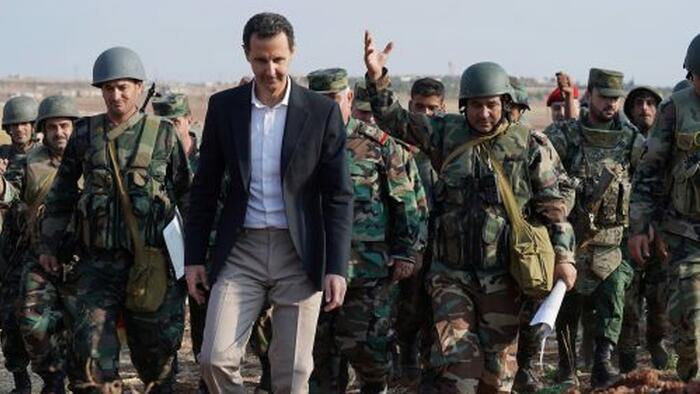Iranian Foreign Minister Abbas Araghchi recently announced Tehran’s willingness to consider increasing its military presence in Syria if requested by the Assad government. This statement, made during an interview with Qatar-based Al-Araby Al-Jadeed and later reported by Reuters, underscores Iran’s ongoing involvement in the Syrian conflict. Araghchi emphasized that Iran is preparing measures aimed at stabilizing the situation in Syria and working towards a permanent resolution. He highlighted the necessity of additional troops, arguing that the territorial gains of terrorist groups could pose threats not only to Syria but also to neighboring countries like Iraq, Jordan, and Turkey.
Tehran’s readiness to deploy more troops comes at a time when the Iranian military has already been supporting Assad’s forces for several years. However, any significant increase in Iranian forces would likely provoke heightened military responses from Israel. Israel has engaged in regular aerial bombardments across Syria, ostensibly to neutralize pro-Iranian factions. If Iran were to bolster its troop presence in significant numbers, it could result in escalated direct military confrontations between Iranian and Israeli forces in the region. The potential for further Israeli intervention raises the stakes not just for Iran but for the stability of the wider Middle East.
Furthermore, the Israel-Iran rivalry remains intricate, with both nations vying for influence in Syria. As rumors circulate regarding Israeli support for the Sunni extremist group Hayat Tahrir al-Sham (HTS) in northern Syria, the situation becomes increasingly complex. Despite HTS being designated a terrorist organization by the U.S., historical precedents indicate that alliances may form outside of these designations, especially when strategic interests are at play. The interplay of these alliances, reminiscent of allegations made by journalist Seymour Hersh regarding U.S. policy, highlights the nuanced dynamics of regional proxy conflicts that have been unfolding since the early years of the Syrian civil war.
Hersh’s analysis from 2007 remains relevant, illustrating how U.S. strategies have inadvertently empowered Iran while attempting to counteract its influence through the bolstering of Sunni extremist groups. This foundation appears applicable today, as clashes between Assad loyalists and Iranian-backed militias occur across various cities like Hama. The recent clashes serve as a reminder of the volatile nature of Syrian politics, where power struggles among diverse factions continue to complicate efforts towards peace and stability. Such developments not only threaten the Assad regime’s hold on power but also further entrench foreign interests in the conflict.
Amid these dynamics, pro-Iranian militias have reportedly begun to cross into Syria from Iraq, potentially indicating a tactical shift that could alter the conflict’s balance. While current numbers of reinforcements may be limited, a larger influx of Shia forces could provoke both Israeli and Turkish reaction, complicating an already tense regional landscape. Turkey’s involvement, particularly its relationships with HTS and Kurdish groups, adds another layer of complexity, as it seeks to manage both Iranian influence and its concerns regarding Kurdish autonomy in northern Syria.
Overall, the ongoing situation in Syria presents a multifaceted challenge characterized by shifting alliances, military engagements, and regional power dynamics. Iran’s potential troop deployment, Israel’s military responses, and Turkey’s tactical maneuvers illustrate the intricate web of interests at play. As all parties navigate this heated environment, the quest for regional stability remains elusive, contingent upon the interactions of powerful state and non-state actors amid deep-rooted sectarian and geopolitical divides.

